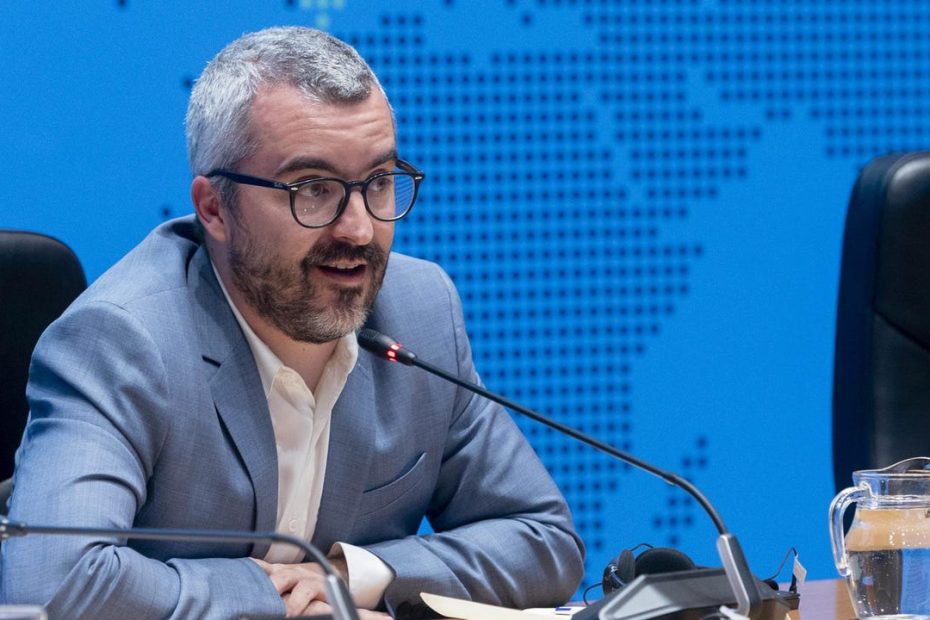Analyzing a problem before trying to solve it is a smart way to act. Especially if it is a crisis of the magnitude that the first level of care is suffering in Spain. But things get complicated when the analysis is delayed for too long, paralyzing the solutions. And this is what is happening with Primary Care.
The medical societies of this specialty have been warning for two decades of the disaster that was brewing in the healthcare sector that supports our National Health System. They have analyzed the causes from multiple perspectives, with experts from different political backgrounds, and in agreed reports that they have shared with both the Ministry of Health and the autonomous communities.
However, it seems that these analyzes are not of value to Health and, for the moment, it maintains its strategy of preparing your own reports, look for answers on paper, add a lot of ideology and create commissions of experts, even in duplicate.
The latest initiative of this type was presented yesterday at the Ministry: a report titled «Towards equity in Health: proposals to transform primary care in Spain» that puts the focus on the social and structural determinants that mark the type of access of different population groups to health care.
The document, very exhaustive and rigorous, has been prepared in collaboration with Novartis and has had the participation of a multidisciplinary group made up of representatives of scientific societies, social organizations (such as neighborhood groups), patient associations, professional councils, healthcare professionals. primary school and social science researchers. All of these professionals make up what Health has called the Committee for Equity in Primary Care.
It is worth remembering that there are already another Commission created to try to solve the problems of the Primary within the Interterritorial Council of the National Health System: the Primary and Community Care Commission (Capyco).
But this is different. As defined yesterday by Pedro Gullón, general director of Public Health and Health Equity, and the epidemiologist and researcher Manuel Franco, coordinator of the work, the new project is “one of the first exercises in our country that puts in common a diagnosis of the equity of PC services from a perspective of social determinants of health and proposes some key areas of action to reduce inequity and inequalities in health, especially in the most vulnerable population.”
Furthermore, it focuses on the most prevalent non-communicable diseases, such as cardiovascular diseases (CVD) and its risk factors, which are the main cause of death in our country.
The example that Franco alluded to to emphasize the importance of social determinants in access to the health system was that of Germany. There, a population study carried out with 15,000 adults followed for 10 years showed that a low socioeconomic level was associated with a 19% higher prevalence of CVDs. Additionally, low income was correlated with a 68% higher risk of stroke and 86% higher risk of all-cause mortality.
Proportional universalism
Faced with this, the report highlights that AP and the health system can “modulate” these material inequalities from a focus of “proportional universalism, which consists of providing universal benefits to all people, but identifying those places where there is a greater lack of resources.” .
Jesús Ponce, president of Novartis Spain, highlighted the industry’s commitment to the population “especially those who present greater social vulnerability, to act as a key facilitator in the exchange of knowledge and in reflection to advance, together, towards greater equity in access to PA”.
For this, the work proposes a equitable distribution of Primary resources in areas of high social vulnerability. And it does so through measures such as reformulating the metrics to allocate PC resources based on the demand for services and the intensity of health care, since in areas of high social vulnerability this demand is greater.
Likewise, he claims reinforce the presence of PC professionals both inside and outside health centers.
But reality is capricious. Today, in Spain there is a need for Family specialists and paediatricians, from 6,000 to 10,000 according to the medical societies in this field and about 4,500 according to the Ministry of Health itself. It is known that the situation will get worse since, in the next five years, 50,000 professionals are going to retire.
Added to the lack of human resources is the lack of budget to finance the reforms required by this level of care, the work overload, the disinterest of MIRs in being family doctors and another list of problems portrayed a thousand and one times.
Where is the Plan?
However, the Ministry has been announcing for almost a year that it will present the Primary and Community Care Plan 2025-2017.
Mónica García has brought it up every time her department has been accused of “immobility”, of blaming the autonomous communities and of spending too much time “distancing the situation” without offering realistic solutions and with finalist financing.
Yesterday it was not she but her deputy, Javier Padilla, who spoke about the Plan, which she described as “ambitious”, but “tremendously pragmatic and possible when it comes to making it evaluable, auditable, and not relying everything on the burden of officials.” of the autonomous communities of a tremendous task of reporting to the officials of the Ministry of Health,” he indicated.
In addition, he noted that it will include elements aimed at guaranteeing equity, such as the incorporation of new figures in PC – psychologists, physiotherapists, pharmacists or nutritionists – “to increase versatility in the place closest to the population.”
